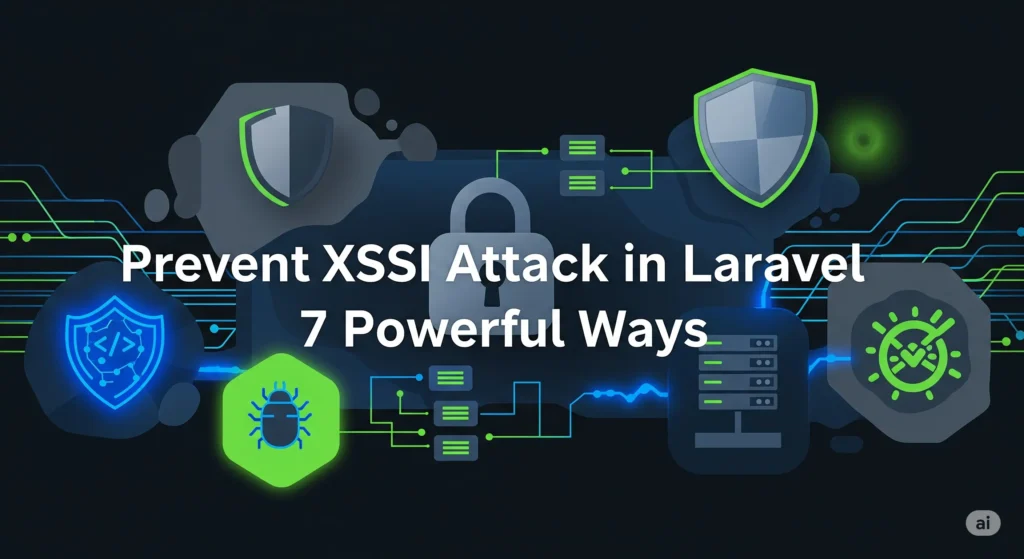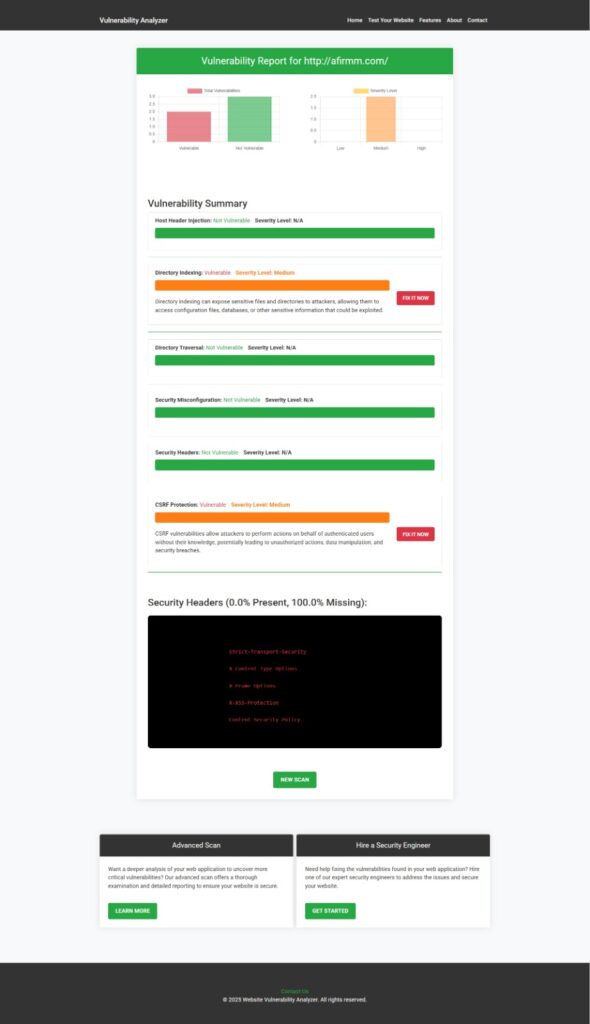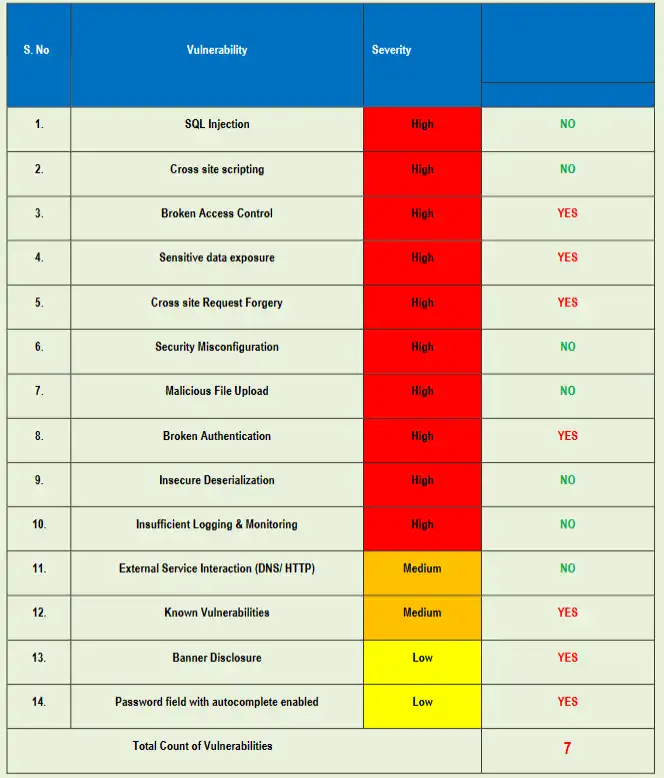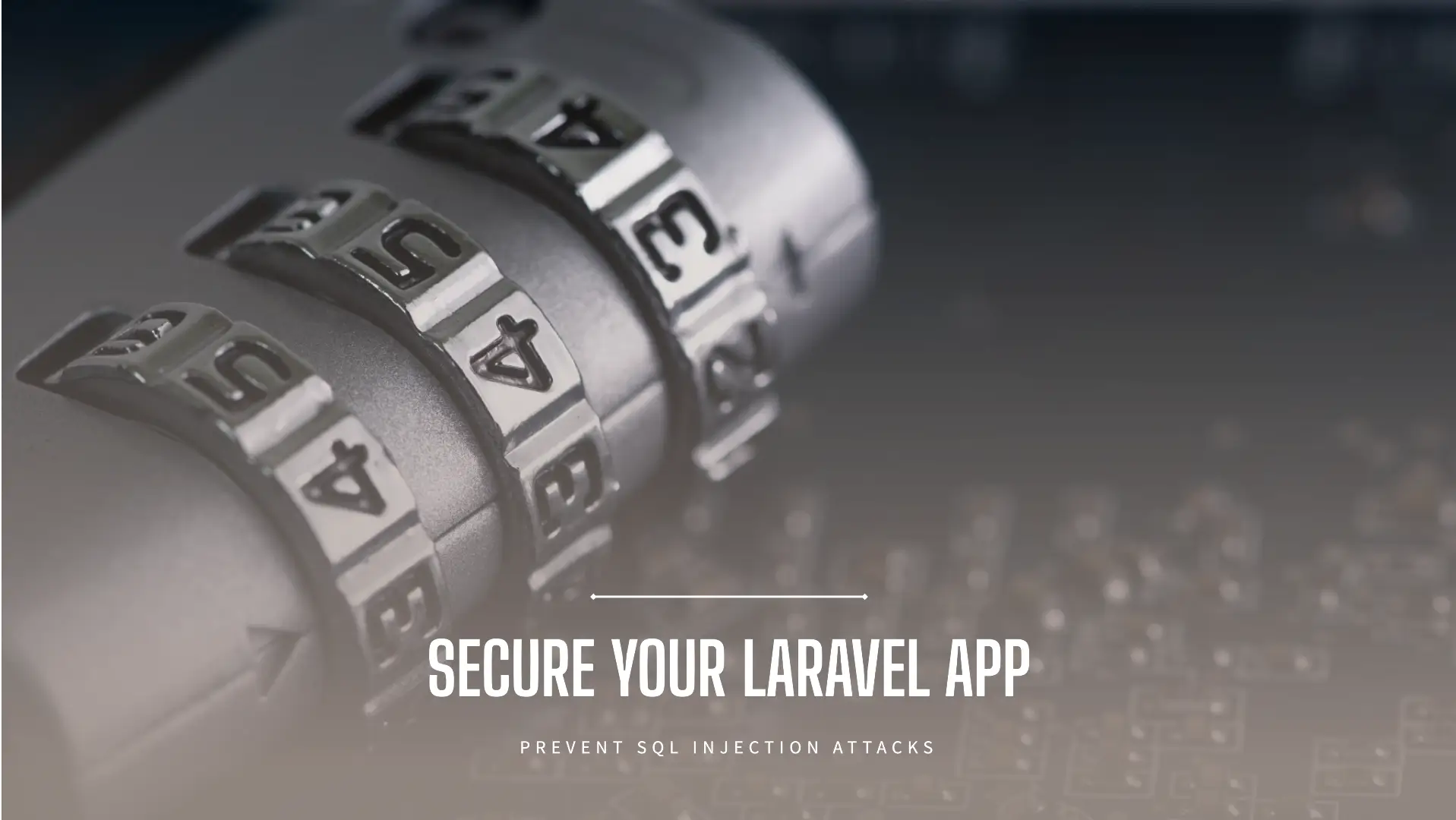🚀 7 Powerful Ways to Prevent XSSI Attack in Laravel
What is a Cross-Site Script Inclusion (XSSI) Attack?
A Cross-Site Script Inclusion (XSSI) attack is a dangerous web vulnerability. Attackers can exploit the way browsers include external JavaScript files. If your Laravel app exposes sensitive data through JavaScript or JSON endpoints, hackers can trick browsers into leaking private data simply by including those endpoints as <script> sources.

XSSI attack in Laravel is easy to overlook but can put your API data, user sessions, and confidential configuration at risk. This attack is a big threat to modern API-based or SPA Laravel applications.
How Does an XSSI Attack Affect Laravel Applications?
In Laravel, APIs and JSON endpoints are common for AJAX and third-party integration. If these endpoints are unprotected, you may become vulnerable to an XSSI attack in Laravel.
Attackers can embed your JSON endpoints into their own site and extract data by parsing the script response.
Example of an XSSI attack in Laravel:
<script src="https://your-laravel-app.com/api/user-info"></script>If your /api/user-info endpoint leaks sensitive JSON, a malicious site can steal that data by loading it as a script. That’s the core of an XSSI attack in Laravel.
How to Detect XSSI Attack in Laravel
You can detect XSSI attack in Laravel by testing if your API or JSON endpoints can be loaded as a <script src="...">. If they reveal data without errors, your Laravel app could be vulnerable.
Steps to Detect XSSI Attack in Laravel:
- Try loading your JSON endpoint in a test HTML file using a
<script>tag. - If the data loads instead of an error, there’s a vulnerability.
- Use our website vulnerability scanner online to run an automated scan.
Want to check your Laravel site for XSSI vulnerabilities?
Try our free Website Vulnerability Scanner tool!
Below is a screenshot of our website vulnerability scanner tools page for Laravel security assessments:

Visit our free website security scanner to scan your Laravel endpoints for XSSI attack risk in seconds.
7 Essential Ways to Prevent XSSI Attack in Laravel
Here are 7 effective techniques to prevent XSSI attack in Laravel, with code samples for each:
1. Set Proper Content-Type Headers
Always set the correct header for JSON endpoints.
return response()->json($data)
->header('Content-Type', 'application/json; charset=UTF-8');2. Prefix JSON with Non-Executable Characters
Add a prefix (e.g., )]}',\n) to break JavaScript parsing and prevent XSSI.
return response(')]}\',\n' . json_encode($data), 200)
->header('Content-Type', 'application/json; charset=UTF-8');3. Enforce CORS (Cross-Origin Resource Sharing)
Only allow trusted origins for API requests.
// In config/cors.php
'allowed_origins' => ['https://your-trusted-domain.com'],4. Deny Script Inclusion for Sensitive Endpoints
Block requests with suspicious Accept headers.
if (request()->header('Accept') !== 'application/json') {
abort(403, 'Forbidden');
}5. Use CSRF Tokens in API Endpoints
Leverage Laravel’s CSRF middleware for additional protection.
// routes/api.php
Route::middleware('csrf')->group(function () {
Route::get('/user-info', 'UserInfoController@index');
});6. Avoid JSONP
Never use JSONP unless absolutely necessary. JSONP is highly susceptible to XSSI attacks.
7. Implement Rate Limiting
Limit the number of requests to your API endpoints.
// In app/Http/Kernel.php
'throttle:60,1', // 60 requests per minuteCoding Examples: Secure Your Laravel App From XSSI
Here are more ways to strengthen your app against XSSI attack in Laravel:
Custom Middleware for XSSI Prevention
namespace App\Http\Middleware;
use Closure;
class PreventXSSI
{
public function handle($request, Closure $next)
{
$response = $next($request);
if ($response->headers->get('content-type') === 'application/json') {
$content = $response->getContent();
$response->setContent(')]}\',\n' . $content);
}
return $response;
}
}Register this middleware for your API routes to prevent XSSI attack in Laravel across all endpoints.
Strict CORS Policy in Laravel
// config/cors.php
return [
'paths' => ['api/*'],
'allowed_methods' => ['GET', 'POST'],
'allowed_origins' => ['https://your-trusted-domain.com'],
// ... other settings
];Return 403 For Suspicious Accept Headers
Route::middleware(['xssi.guard'])->group(function () {
Route::get('/user-info', function () {
// Your logic here
});
});Middleware:
public function handle($request, Closure $next)
{
if ($request->header('Accept') !== 'application/json') {
abort(403, 'Forbidden');
}
return $next($request);
}Sanitize Output and Escape Data
Always use Laravel’s e() helper or Blade’s curly braces.
{{ e($user->name) }}Advanced API Resource Example
use App\Http\Resources\UserResource;
Route::get('/api/user', function () {
return new UserResource(auth()->user());
});📸 Visual Guide: Using Our Free Security Tools
Below is a sample assessment report generated by our free tool to check Website Vulnerability:

Sample output from our free XSSI vulnerability assessment report – highlighting exposed endpoints and detailed remediation advice!
More Laravel Security Guides
Level up your skills with these other expert articles:
- Prevent Weak API Authentication in Laravel
- Prevent CRLF Injection in Laravel Apps
- Redirects and Forwards in Laravel
- Prevent Cache Poisoning in React JS
- Healthcare Software Penetration Testing
Our Latest Cybersecurity Services
AI Application Cybersecurity
Harness the power of AI for real-time threat detection and advanced defense automation. Protect your Laravel, PHP, Node.js, or Python app from emerging threats like XSSI attack in Laravel and more.
Offer Cybersecurity Services to Your Clients
Are you an agency, developer, or MSP? Expand your offerings by reselling our industry-leading penetration testing and managed security services. Get white-label reports, branding, and full support for your business.
Did you know? We now offer Managed IT Services—a comprehensive monthly solution for hosting, helpdesk, and IT security, all in one package.
Conclusion
XSSI attack in Laravel is an underestimated threat that can lead to serious data leaks. By following these seven practical strategies—with hands-on coding examples—you can fortify your Laravel application and keep your users safe.
For deeper security guidance and automated scanning, try our tool for a Website Security test and explore our AI cybersecurity solutions.
Stay secure, stay ahead!
🔐 Frequently Asked Questions (FAQs)
Find answers to commonly asked questions about XSSI Attack in Laravel.

